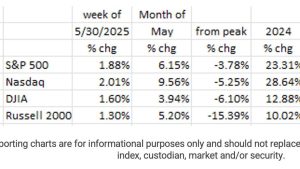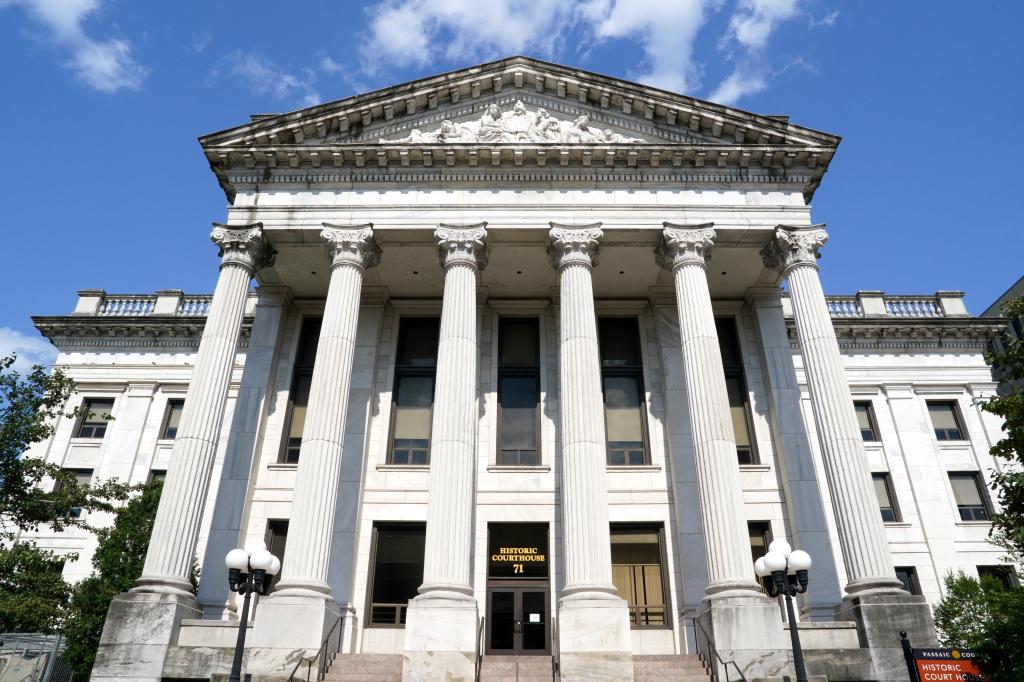New York’s legal system, burdened by excessive litigation, has become a financial quagmire, costing taxpayers and businesses an estimated $89 billion annually. This staggering figure, derived from a report by the American Tort Reform Association (ATRA), highlights the detrimental impact of lenient liability laws and lawsuit-friendly policies that have created a fertile ground for opportunistic litigation. Greedy attorneys, according to the report, exploit these vulnerabilities, often at the expense of local businesses and the city government, contributing to New York’s ranking as the second worst “judicial hellhole” in the country, surpassed only by the combined courts of Philadelphia and Pennsylvania. The ATRA contends that this environment discourages economic growth and compels businesses and residents to seek refuge in states with more balanced legal climates.
The ATRA’s assessment draws heavily on a study conducted by the Perryman Group, which estimates that New York businesses alone shoulder a massive $88.6 billion burden due to frivolous lawsuits. This financial strain, coupled with the state’s perceived pro-litigation policies, creates a hostile environment for businesses, particularly small businesses already grappling with various economic challenges. The National Federation of Independent Business echoes these concerns, emphasizing the detrimental impact of excessive litigation on the state’s economic vitality. These costs, ultimately passed on to consumers, contribute to the high cost of living and doing business in New York.
Several key policies contribute to this exorbitant litigation cost, including New York’s scaffold law. This law holds construction companies entirely liable for injuries sustained on worksites, regardless of employee negligence. Critics argue that this law has become a tool for exploitative litigation lenders who finance lawsuits, extracting millions from businesses and municipal governments, many of whom opt for settlements to avoid protracted and costly legal battles. This practice further burdens taxpayers and contributes to the escalating costs of infrastructure projects.
Furthermore, New York’s high auto insurance rates are cited as another contributing factor to fraudulent claims and increased litigation costs. The ATRA report points to a vague statute concerning “pain and suffering,” which allows for compensation in court for ambiguously defined conditions, opening the door to subjective interpretations and potentially inflated claims. This lack of clarity creates an environment ripe for exploitation and contributes to the overall perception of New York as a litigation-friendly jurisdiction.
The pervasive nature of lawsuit abuse extends beyond the courtroom, impacting the broader economy and society. As Tom Stebbins, executive director of the Lawsuit Reform Alliance of New York, argues, it represents a social and economic crisis that contributes to job losses, price increases, and the exploitation of vulnerable communities. He advocates for stricter laws to combat staged accidents, both in construction and auto insurance claims, and for increased transparency regarding third-party funding of lawsuits. These measures, he believes, are essential to curbing frivolous litigation and its associated costs.
The ATRA assigns a significant portion of the blame for excessive tort costs to New York’s influential trial lawyer groups, particularly the New York Trial Lawyers Association, which maintains a powerful lobbying presence in Albany. This organization, along with aligned law firms and political groups, has contributed millions of dollars to both Democratic and Republican campaigns, wielding considerable political influence. One of their key legislative pushes has been the expansion of the state’s wrongful death statute, known as the Grieving Families Act, which would allow for emotional damages in wrongful death cases. While proponents argue this is a necessary modernization of an outdated statute, critics contend that it would further escalate litigation costs, particularly for healthcare providers.
The Grieving Families Act has become a focal point in the debate over tort reform in New York. Supporters argue that the current statute, which has not been updated in decades, fails to adequately compensate families for their losses. They view the inclusion of emotional damages as a crucial element in providing just compensation for the profound grief and suffering experienced by families who have lost loved ones due to negligence. They argue that the current focus on “lawsuit abuse” deflects from the legitimate needs of grieving families and protects insurance companies’ profits.
However, opponents, including the Business Council of New York, argue that the proposed changes would exacerbate the already burdensome litigation costs, ultimately making healthcare more expensive and less accessible. They advocate for tort reform as a crucial step towards making New York more affordable for businesses and consumers, including a veto of the Grieving Families Act. Governor Kathy Hochul, who has received significant campaign contributions from top law firms and trial lawyer PACs, has vetoed the bill twice, highlighting the complex political dynamics surrounding this issue.
The ongoing debate over the Grieving Families Act underscores the tension between providing adequate compensation for victims and mitigating the potential for excessive litigation costs. Finding a balance between these competing interests is crucial for ensuring a fair and sustainable legal system in New York. The future of tort reform in the state hinges on navigating these complex issues and addressing the concerns of both victims and businesses. The economic and social implications of this debate are far-reaching and will continue to shape the legal landscape of New York for years to come.










